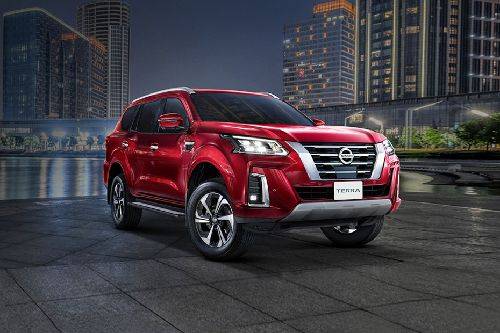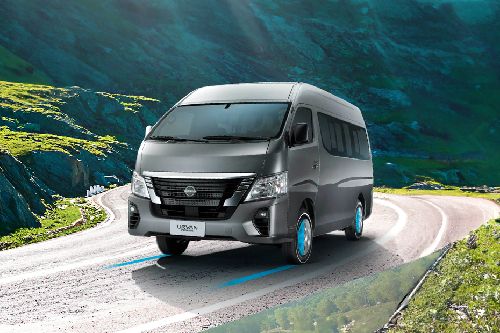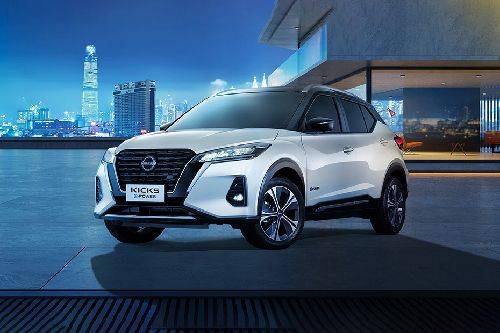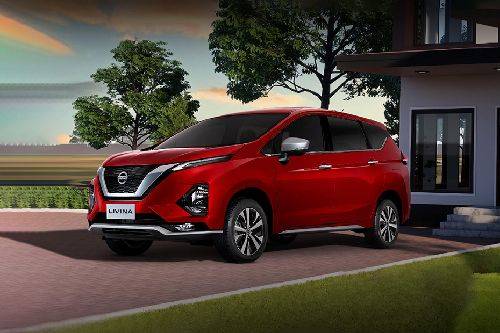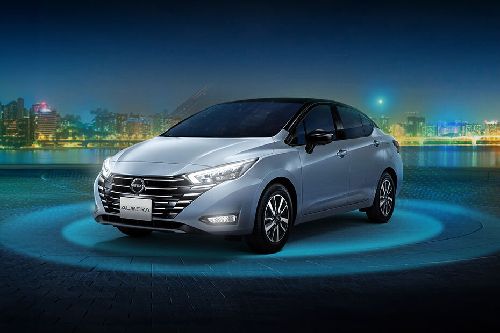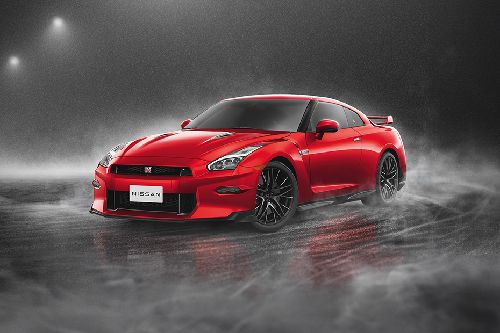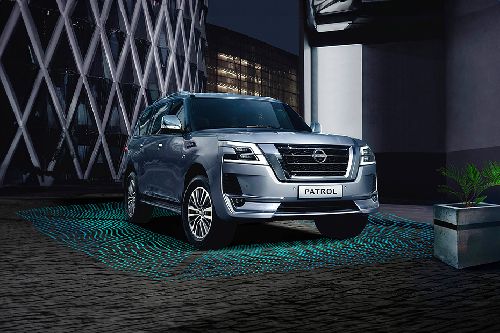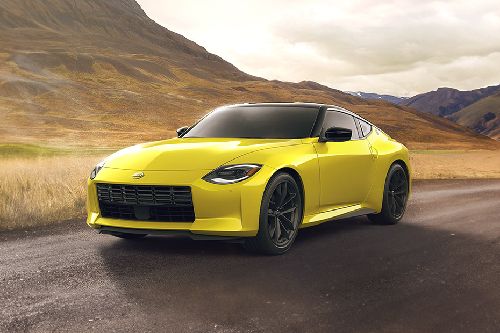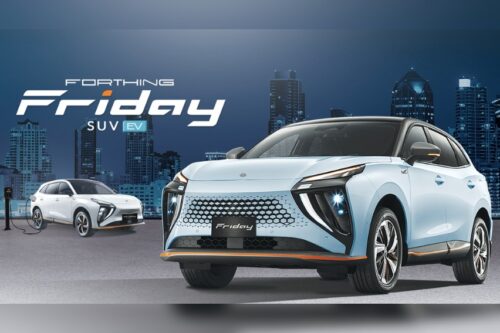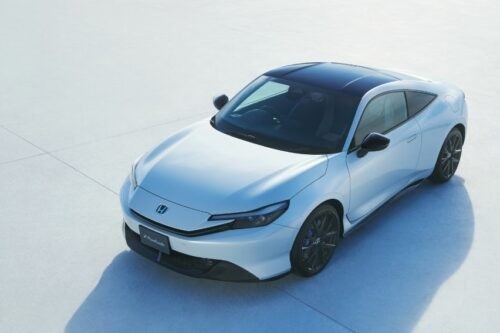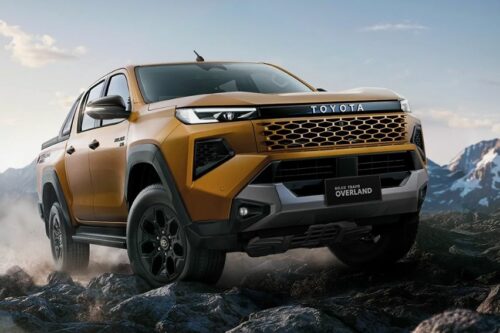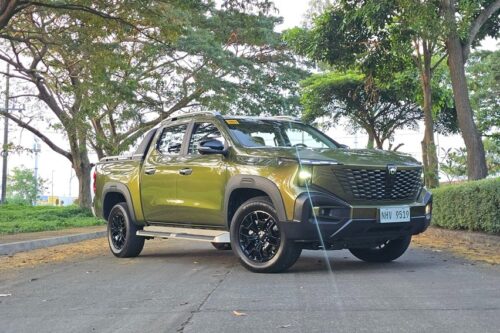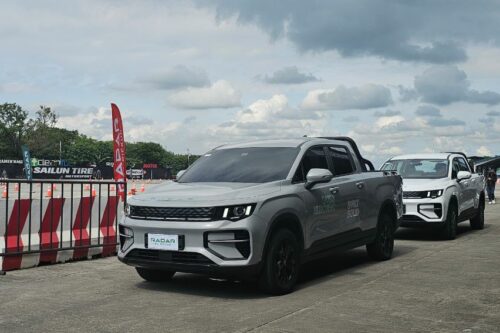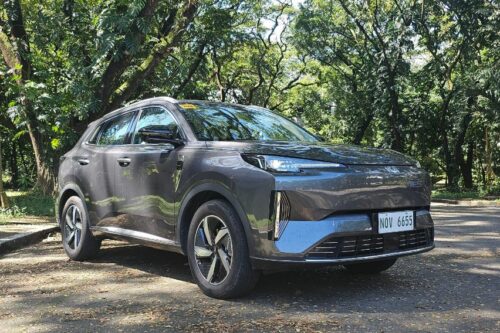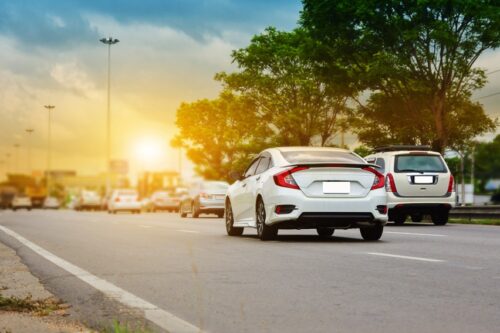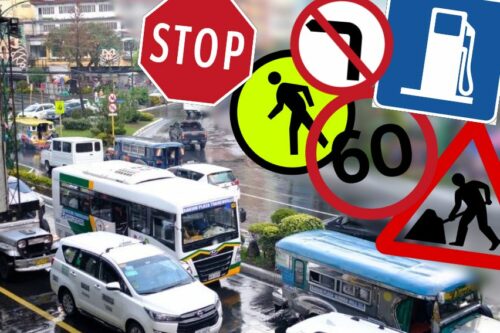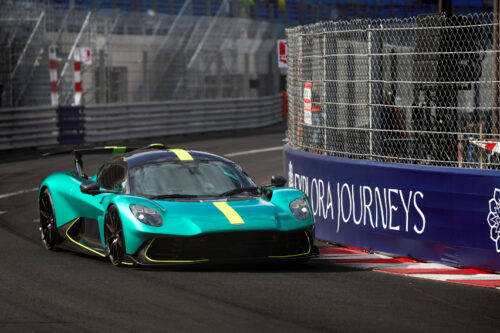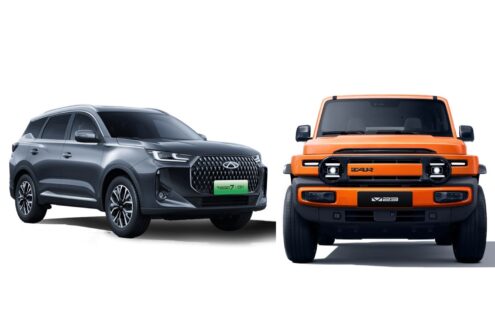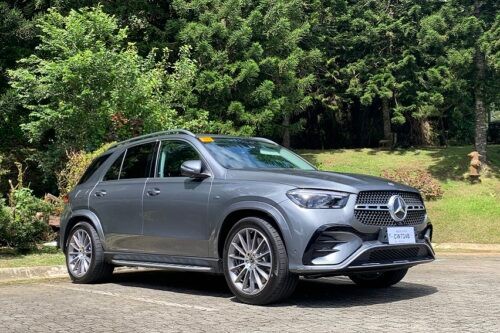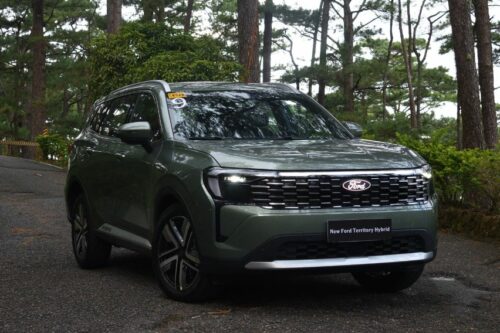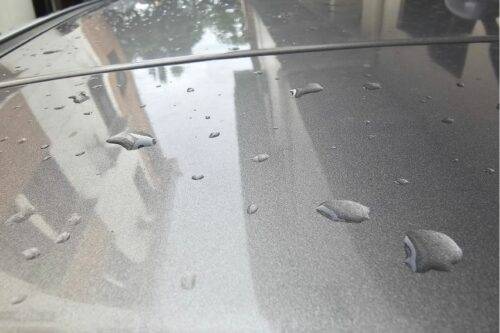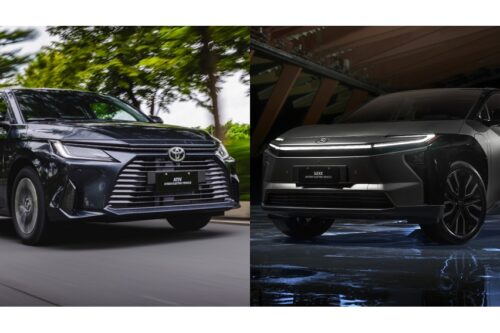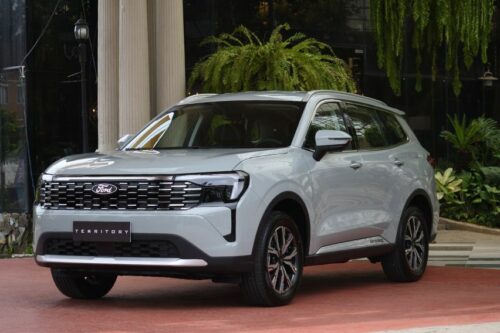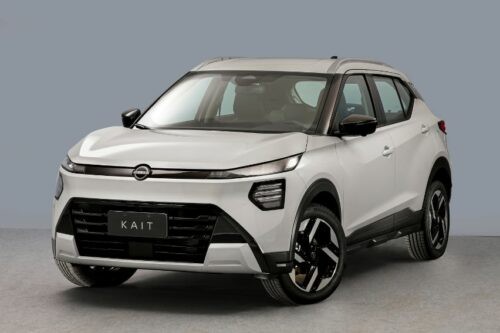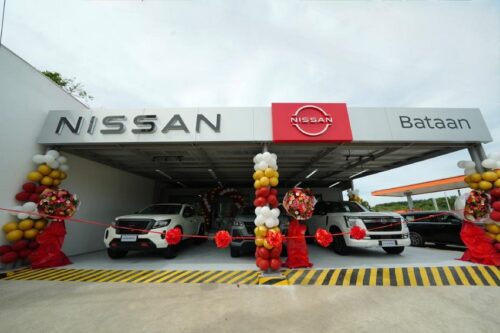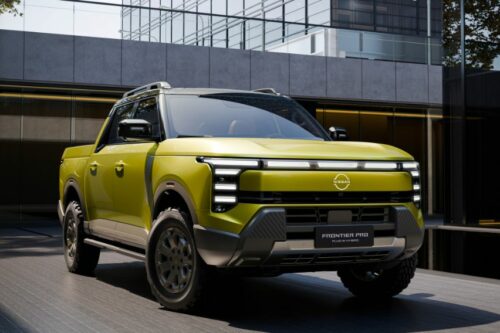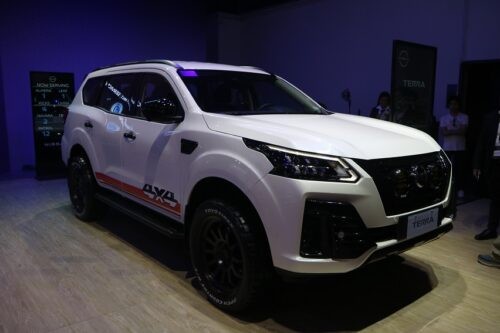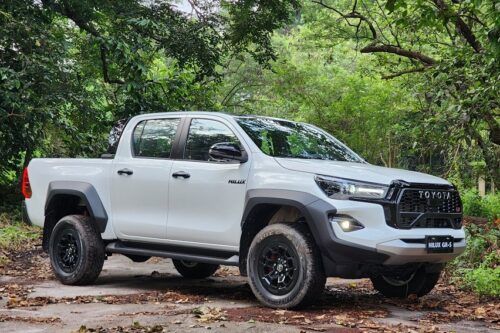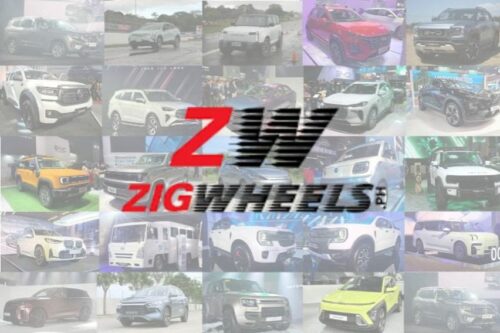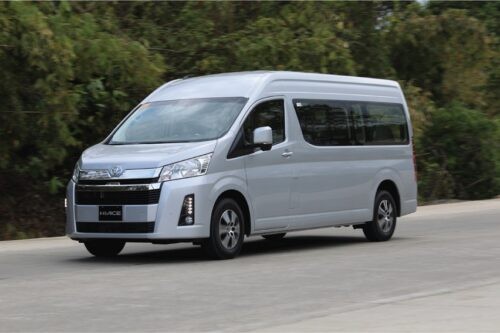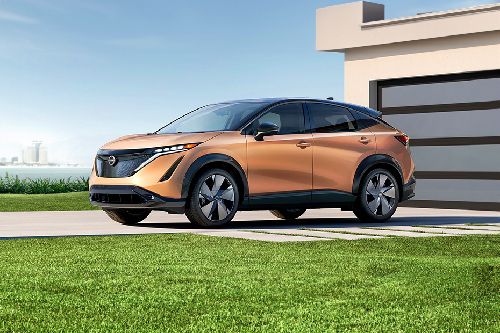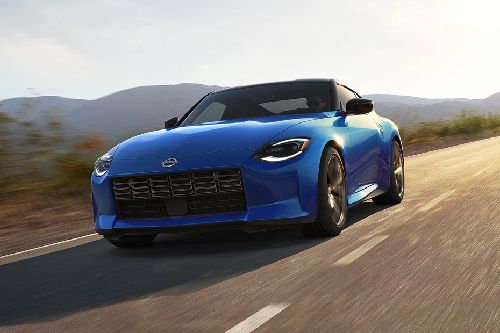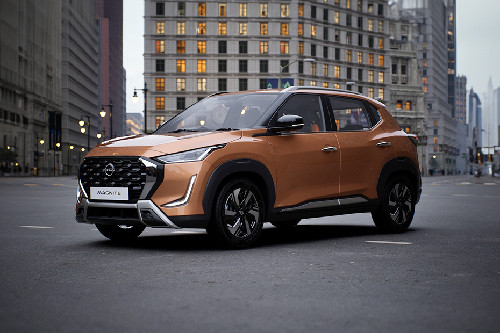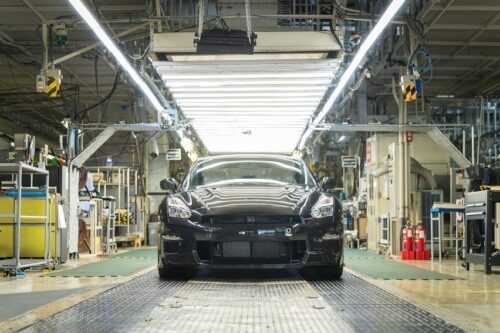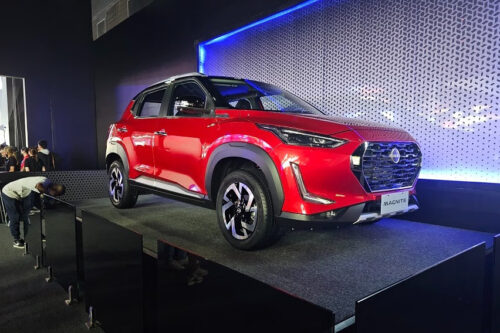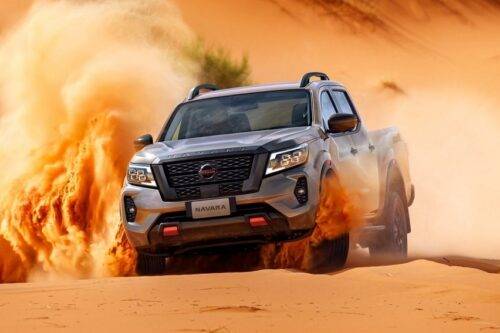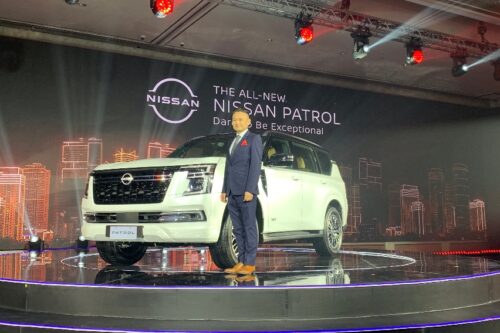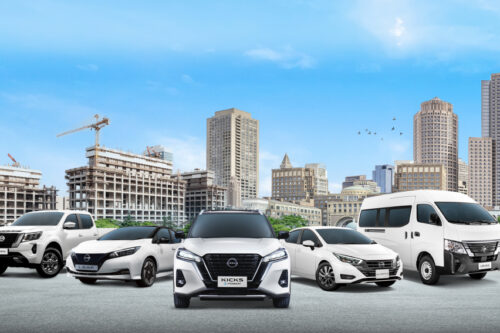E-Pedal to the metal: Experiencing Nissan's e-Power
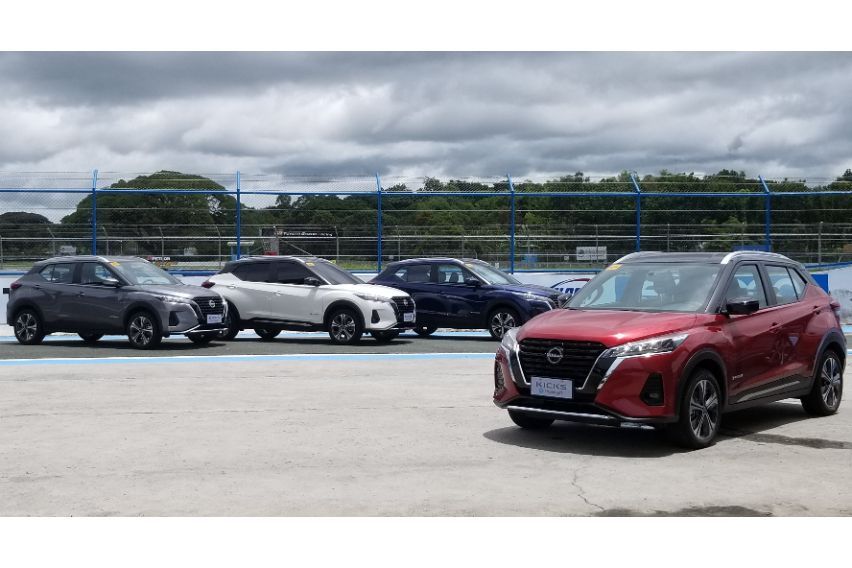
As the automotive world pledges to a fossil fuel- and CO2-free motoring in the near future, all carmakers are now developing and offering electrified vehicles in some form or another, whether it’s a battery-electric vehicle (BEV) or a hybrid one.
KEY TAKEAWAYS
How does Nissan's e-Power work?
Nissan's e-Power technology combines a gasoline engine and electric motor from EVs like the Leaf. The e-motor and battery provides propulsion while the gas engine's only role is to charge the battery.How does Nissan e-Power compare to a conventional hybrid system?
Both e-Power and normal hybrids use a gas engine and electric motors. Compared to a hybrid, the Nissan e-Power uses electric motors to drive the car, reducing the load on the gas engine which saves fuel in the process.Nissan’s take on a hybrid-electric power plant is known as e-Power. The carmaker’s unique e-Power uses a group comprised of an internal combustion engine (ICE), battery, and electric motors, similar to a hybrid-electric vehicle (HEV).
But as opposed to an HEV whose ICE does the bulk of the work of driving the car’s wheels, Nissan’s e-Power uses the electric hardware to move the car. The ICE is only there to provide charge to the battery that powers the e-motors.
The carmaker believes that e-Power bridges the gap between an ICE and an EV. And so, as Nissan Philippines Inc. (NPI) nears to introduce vehicles equipped with e-Power in the country, we experience power plant for ourselves with the Kicks, which will be first local e-Power-ed Nissan model when it arrives in August.
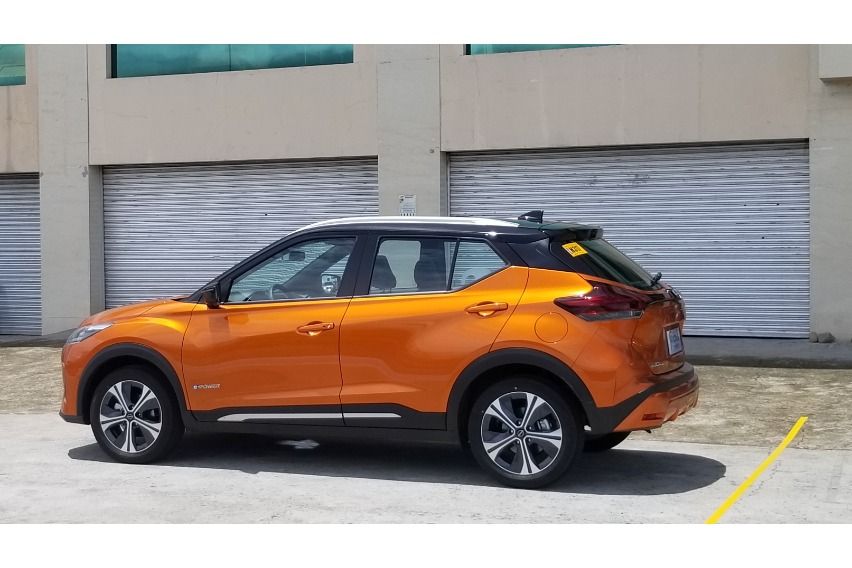
How does Nissan e-Power work?
But before we can hop on the driver's seat of the Kicks with e-Power, let's know in detail how the hybrid works. During a recent media roundtable discussion and track day event staged by NPI to showcase Nissan e-Power, the carmaker's executives were there to explain the hybrid powertrain.
One engineer explained that in Nissan e-Power, the gasoline engine is paired to a generator. Once the engine receives a sufficient supply of gasoline, its generator produces energy and sends it to an inverter. The inverter sends the energy to the 300-to-400-volt battery and electric motors, which then drive the front wheels.
Since the wheels are only driven by the electric hardware alone, the car offers an EV-like driving experience. The engine activates only to charge the battery and prevent it from running out of charge, and assists the said inverter and motors when more power is required.
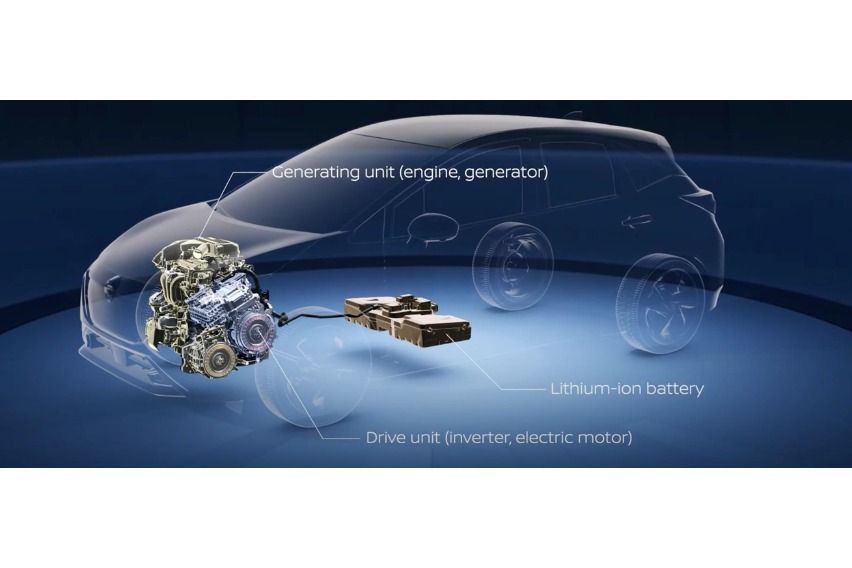 As a result of these, the Kicks with Nissan e-Power can reportedly deliver 22 to 25kpl. The Kicks' engine can also accept 91-octane fuel.
As a result of these, the Kicks with Nissan e-Power can reportedly deliver 22 to 25kpl. The Kicks' engine can also accept 91-octane fuel.
As filling up the engine with fuel charges the electric hardware, there's no need to plug in the car, like you would do on a fully-electric car. E-Power drivers won't feel range anxiety — or the fear that their EV will run out of battery in the middle of the journey — thanks to the engine acting as an onboard generator.
According to the Nissan whitecoats, these are the advantages e-Power has over BEVs. On the other hand, compared to an HEV, the e-Power is said to deliver more instantaneous torque.
Another way the engine charges the battery is through the hybrid system's e-Pedal function. NPI gave us the opportunity to experience the Kicks with its e-Power and e-Pedal on a racetrack.
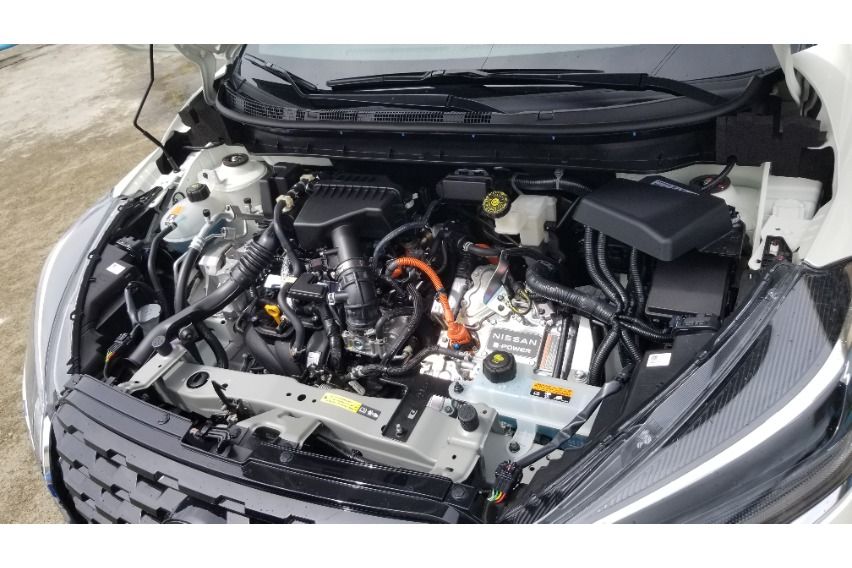
What is e-Pedal?
With the e-Pedal feature, the car decelerates down to a crawl when the driver eases off the accelerator. As the car slows down, the e-Pedal's regenerative braking generates electricity, and uses this electricity to charge the battery.
Thanks to the e-Power's e-Pedal, the engine temporarily takes a break from charging the battery, saving fuel in the process. Nissan said this feature makes driving in stop-and-go traffic and speeding through highways and backroads more convenient and exciting.

It's worth noting, though, that the e-Pedal does not stop the car to a halt. If stopping the car is necessary, then you need to apply the brakes as usual. The car's brake lights light up during e-Pedal or DIY-braking.
But applying the anchors isn't the point of the track test for the Kicks e-Power. NPI has laid out a course along the entire Clark International Speedway (CIS), whose main straight simulates the stop-and-go city traffic and the switchbacks the mountain roads.
Coming from city speeds, the e-Pedal smoothly decreases the speed of the Kicks. It's during higher speeds the e-Pedal takes some getting used to — when, for example, you're approaching the sweeping hairpins at CIS at 80kph. As we released our foot off the gas near those sweepers, we didn't feel e-Pedal apply the brakes for a second, but the feature eventually did what Nissan intended. We took and emerged from the corners at a safe pace.
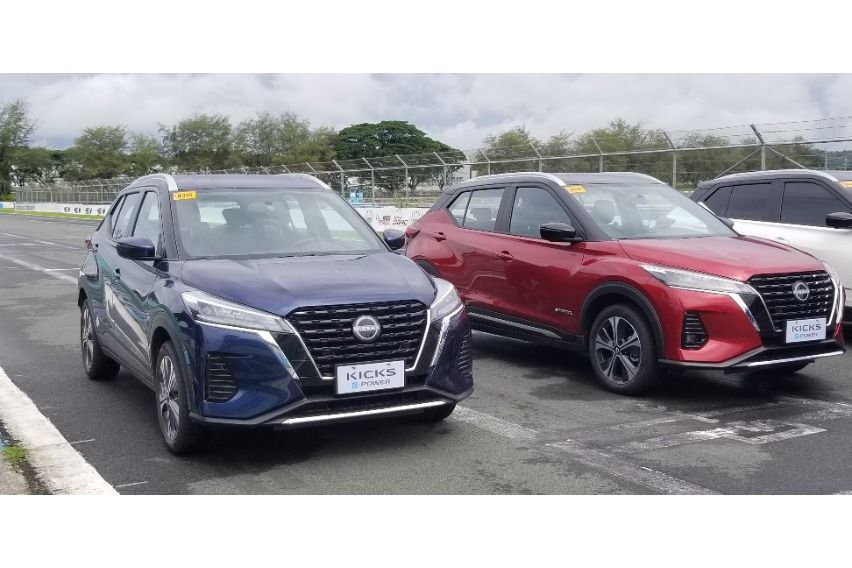
Aside from trusting the Kicks' e-Pedal to slow down, you should also learn to time your easing off the gas. On one corner of the track, we let go of the pedal too late, leaving the car too little time and room to brake. We entered the corner in too fast a speed as a result, the Kicks' tires squealing upon our mistake.
So, are e-Power and e-Pedal effective?
The e-Pedal truly charged the battery. We started our lap with the battery level at 1/3 charge, said the Kicks' trip computer, and ended it with a slightly higher charge level. The car could've maximized its e-Pedal charging if it had more track laps to play with.
As for the e-Power, it made the Kicks feel more like a hybrid car to drive rather than a full-EV like the Leaf. During our one lap with the Kicks, we felt its gradual acceleration was more akin to an ICE-powered car. The engine roars during hard acceleration like a normal vehicle would.
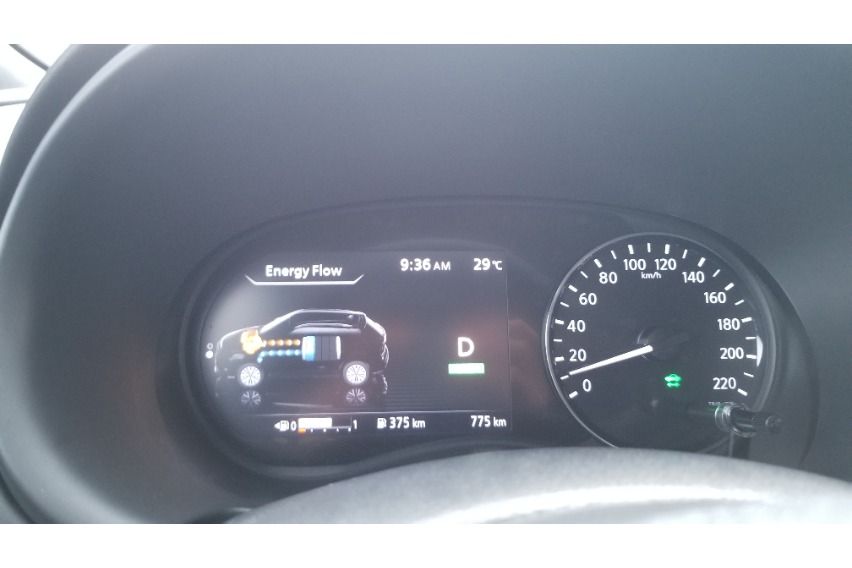
But that said, we can say e-Power is effective in saving fuel. A quick glance at the Kicks' economy meter showed 13kpl. That's impressive considering the car's engine had to stay on most of the time, as the battery's charge was depleted after those track runs.
Of course, a more extensive — and not to mention, a more laid-back — drive of the Kicks e-Power should allow the car to prove its eco-mobility billing better. That's another story for another day.
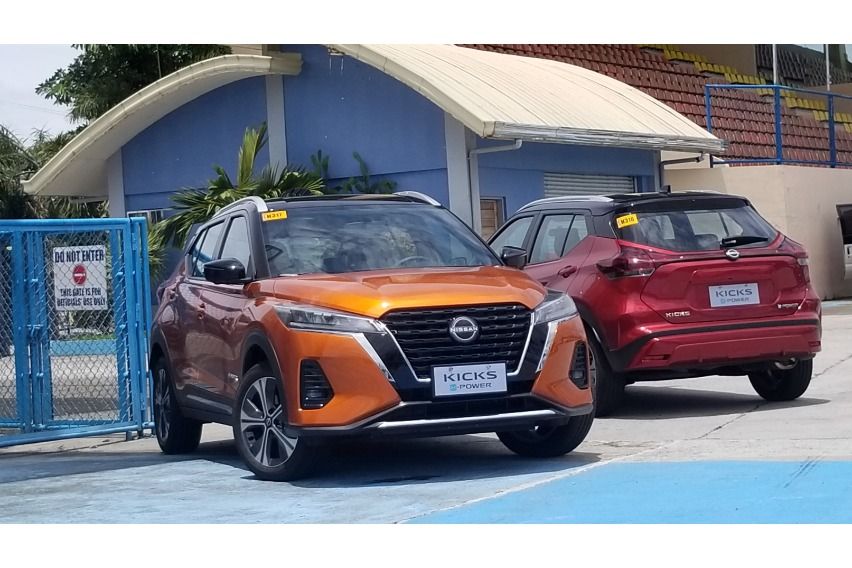 Photos from Nissan Philippines, Inc. (NPI) and Dylan Afuang
Photos from Nissan Philippines, Inc. (NPI) and Dylan Afuang
Sell your car at the best price
 Verified and genuine buyers
Verified and genuine buyers
Nissan Car Models
Trending & Fresh Updates
- Latest
- Popular
You might also be interested in
- News
- Featured Stories
Nissan Featured Cars
- Upcoming
- Popular
Latest Nissan Car Videos on Zigwheels

Nissan Car Articles From Carmudi
- journal
- insurance


